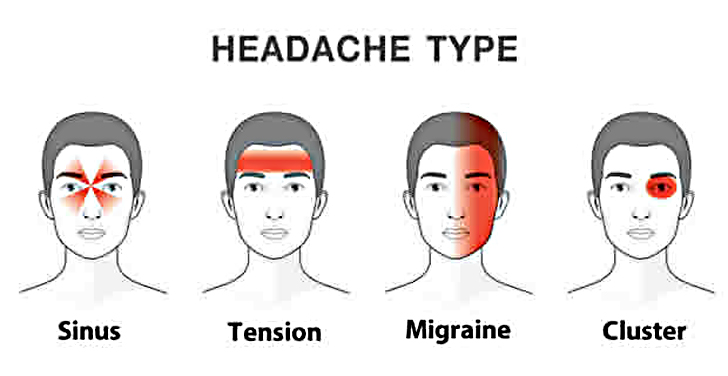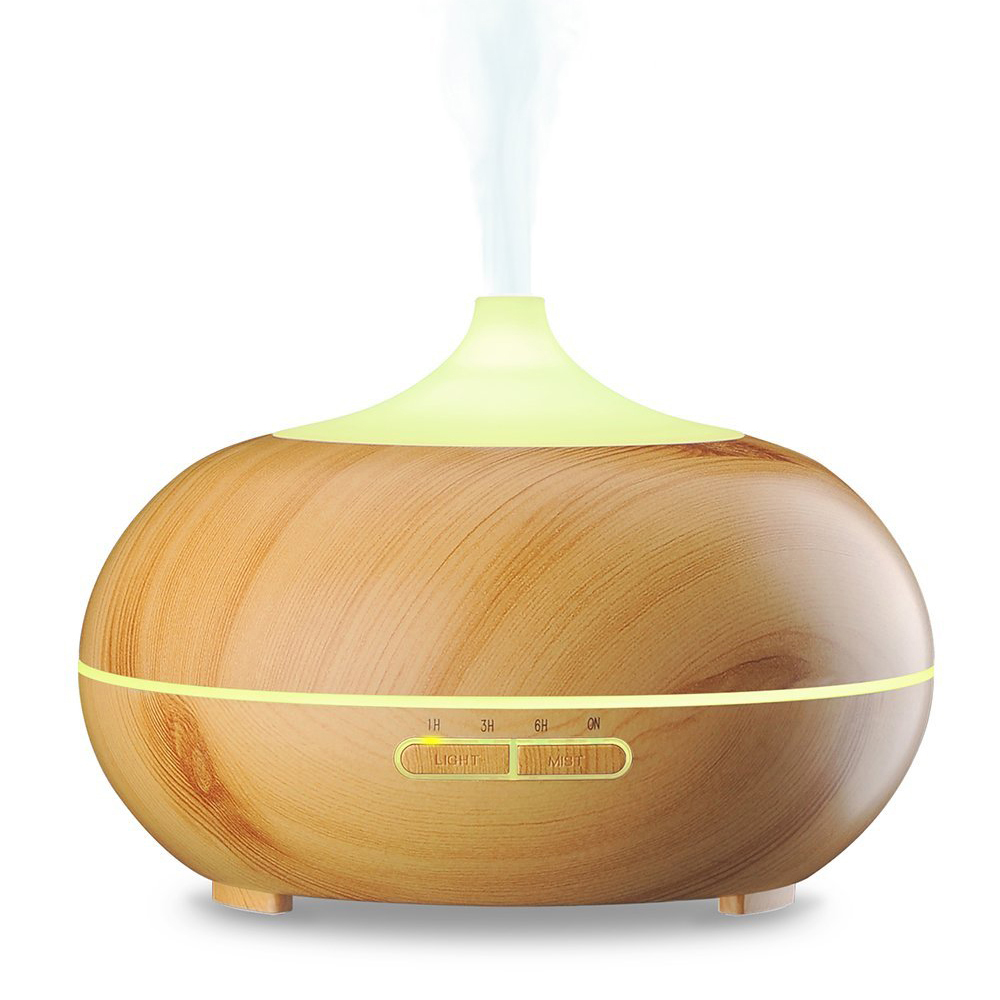

A headache is the most common representation of pain in the body. Many people end up missing work or school because of headaches. They might also force you to visit the doctor. They might appear when you’re very exhausted or haven’t had enough sleep. For other people, headaches might appear because of dehydration or hunger pangs.
Headaches are categorized into four types. All of them point to an underlying problem in your body. If you can identify the signals, you will learn how to treat them properly the next time round. Here’s a summary of what you need to know about the 4 types of headaches.
1. Sinus Headache
You can suffer from a sinus headache as a result of inflammation or blockage of the sinuses. Some of the symptoms you might experience include pain in the nose, behind the cheeks or eyes. You’re also likely to feel pain when you bend down or wake up.
Sinus headaches are caused by allergic reactions, infections or tumors. Depending on the cause, the symptoms can often be confused with those of a migraine. If you’re suffering from a sinus headache, you should take a lot of liquids to avoid dehydration.
Preferably, you should take a lot of warm water to reduce the inflammation in the sinuses and open them up. Other treatment options also include applying cold or hot compresses or reducing the pain by taking soup or hot ginger since they contain anti-inflammatory properties that reduce pain.
2. Tension Headaches
Being the common type, tension headaches manifest through pain or constant pressure anywhere on the head such as the back, the neck or temples. You might also experience some radiating pain below or above the eyes.
Tension headaches can last between a few minutes or days depending on the cause. They are often triggered by lack of sleep, poor dieting, highly emotional situations, stressful situations or a lot of alcohol intake.
To reduce the pain, you should combine ginger tea and peppermint oil. You should also add some peppermint oil to the hairline to bring about a cooling sensation, thereby relaxing the head and neck muscles. To reduce the inflammation, you should also take some ginger tea.
3. Cluster Headache
Mostly affecting women, the cluster headache mostly appears over one eye. It’s often recurring and appears in a cycle or group. Often appearing suddenly, the cluster headache leads to severe pain on one side of the head.
As a result, you’re likely to experience nasal congestion, watery eyes or a rainy nose. The cause of a cluster headache hasn’t been identified yet. However, it’s been linked to the activation of a nerve pathway in the base of the brain.
Treatment of a cluster headache involves the use of capsaicin cream which contains an active ingredient which is cayenne pepper. If you apply a small amount of the cream to the nostril, you can immediately cause of blockade of the pain signals from the nerves.
4. Migraines
A person is likely to suffer from migraines between 25 to 55 years of age. However, most people can experience them from different causes regardless of their age. It has been linked to numerous neurological symptoms; as a result a migraine is more complicated than all the other types.
The symptoms include intense and severe throbbing pain on one side of the head, vomiting, nausea, dizziness and also visual disturbances. You’re also likely to experience extreme sensitivity to light, touch, smell, sound or tingling in the face.
The best treatment for a migraine includes the use of vitamin B2 (riboflavin), omega-3 fatty acids and also magnesium.
Source: www.awesomequotes4u.com/2016/09/this-is-how-headaches-reveal-what-is.html






